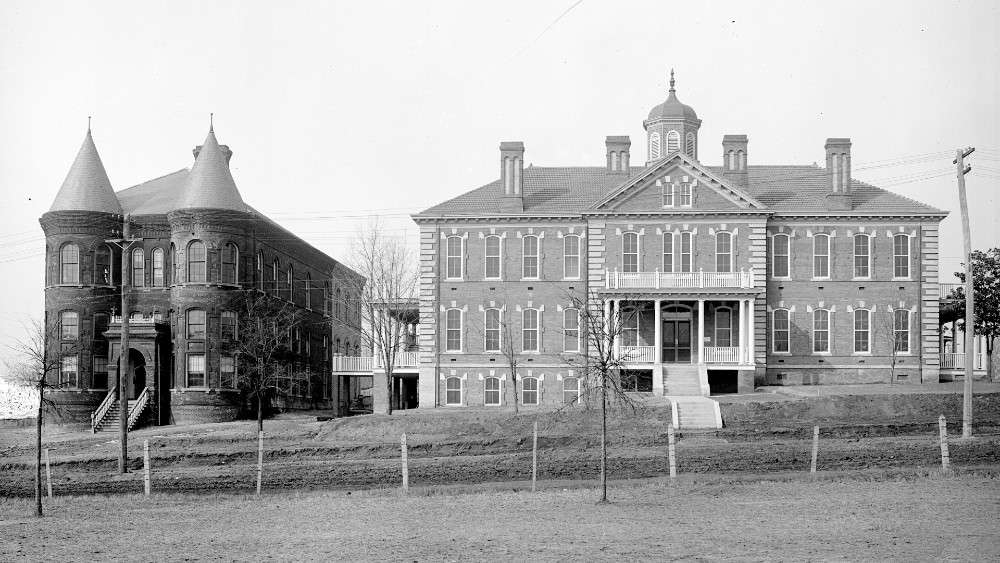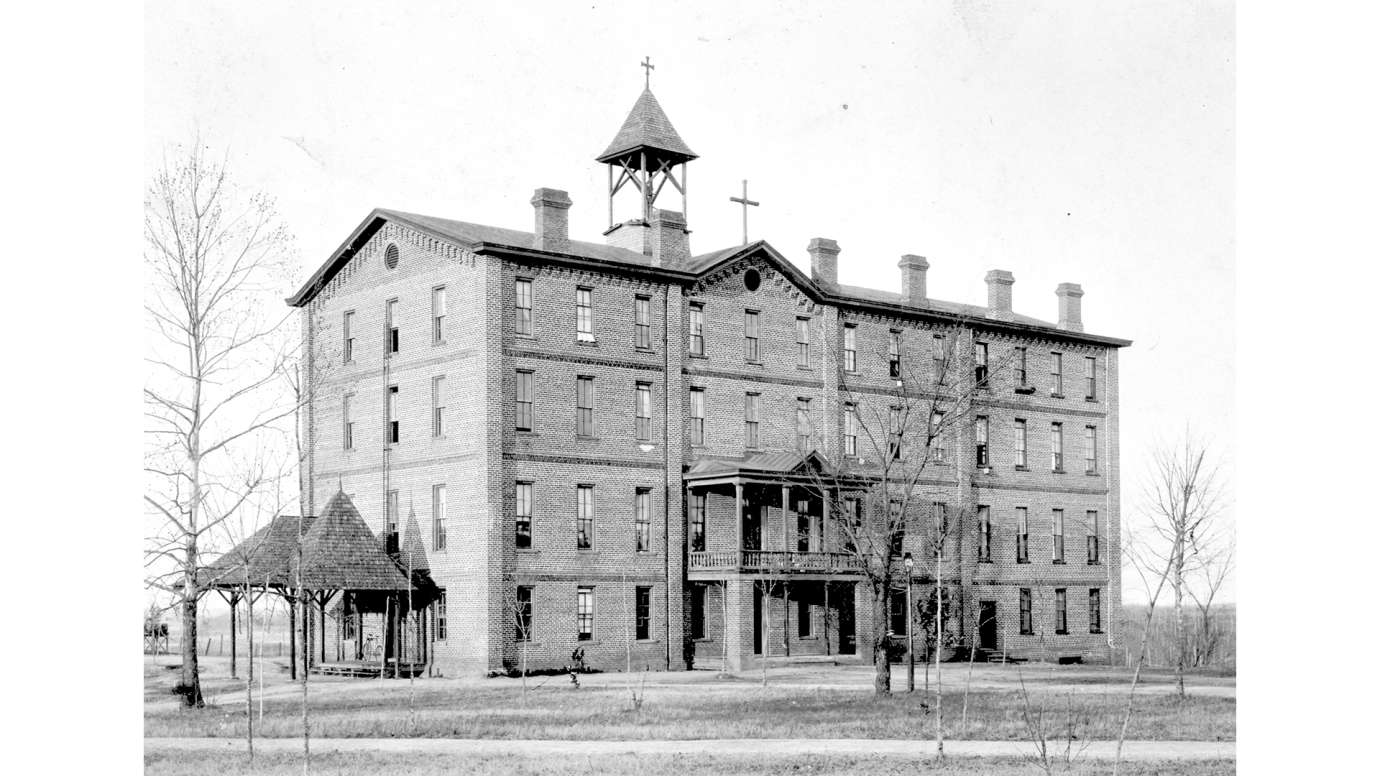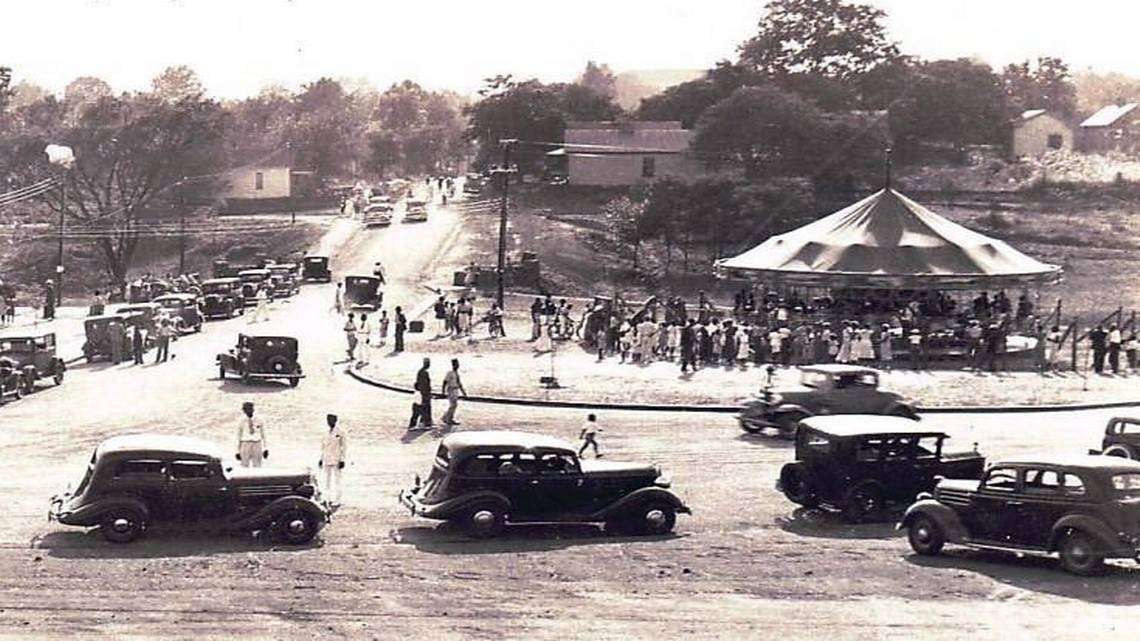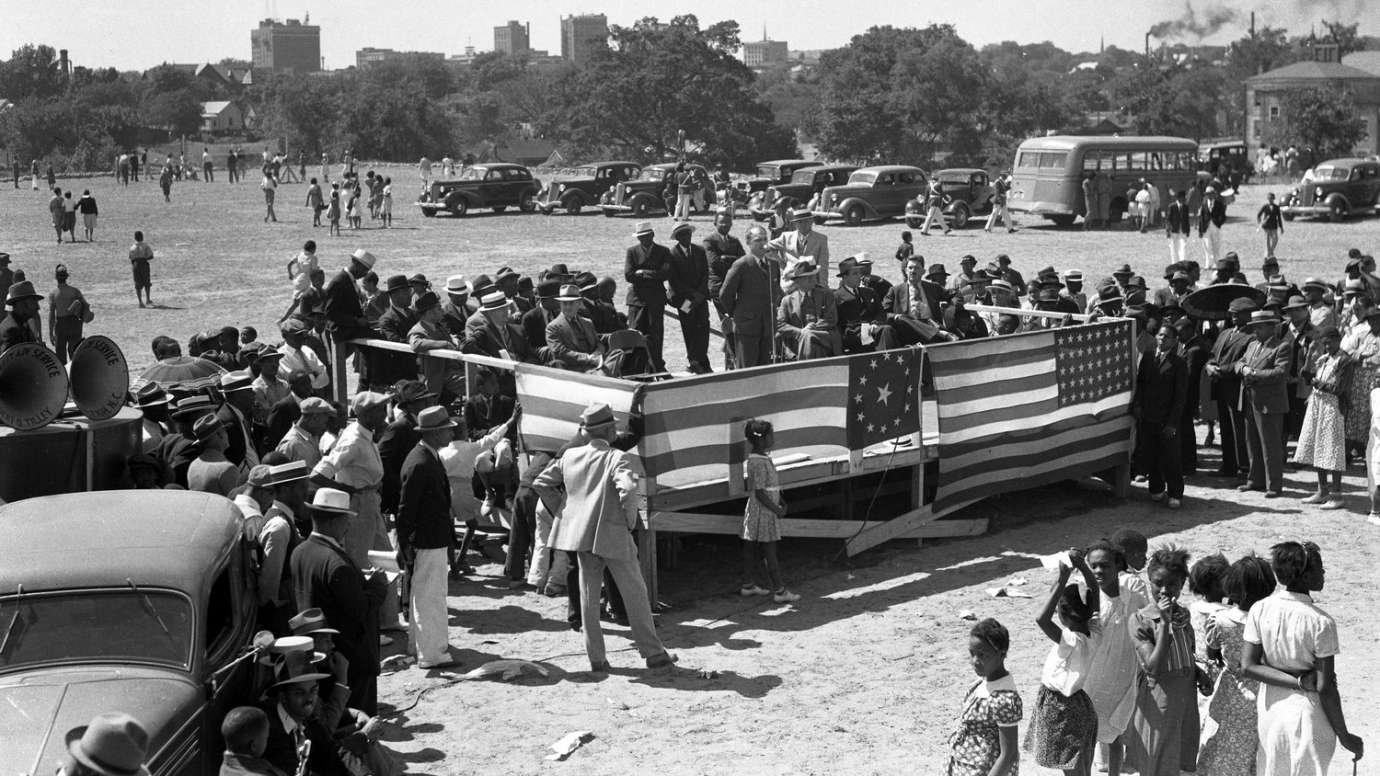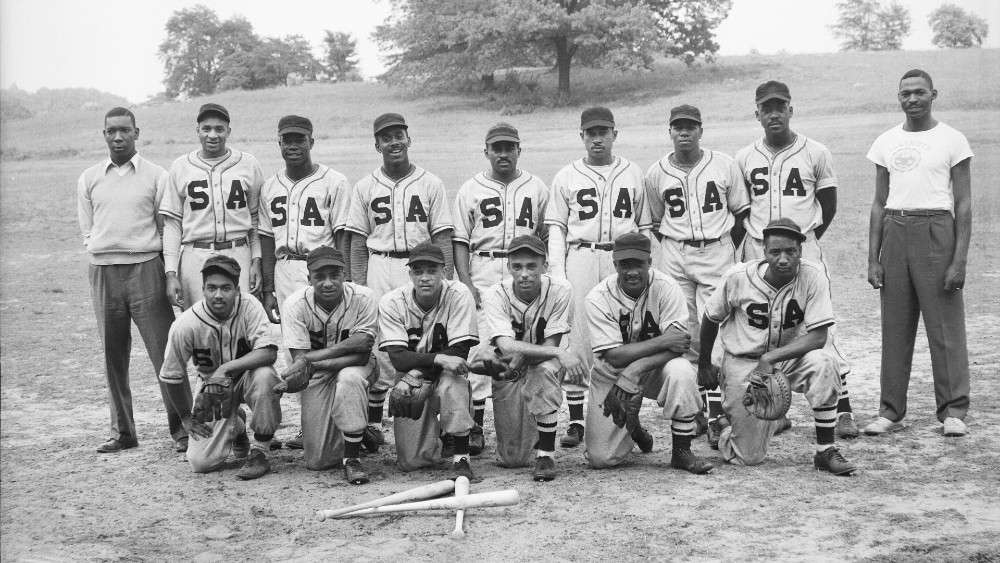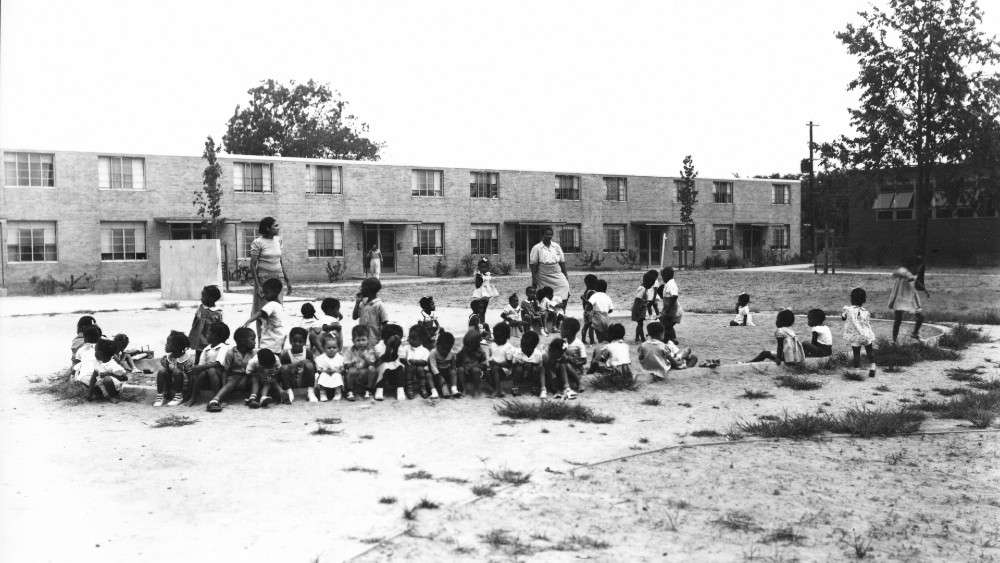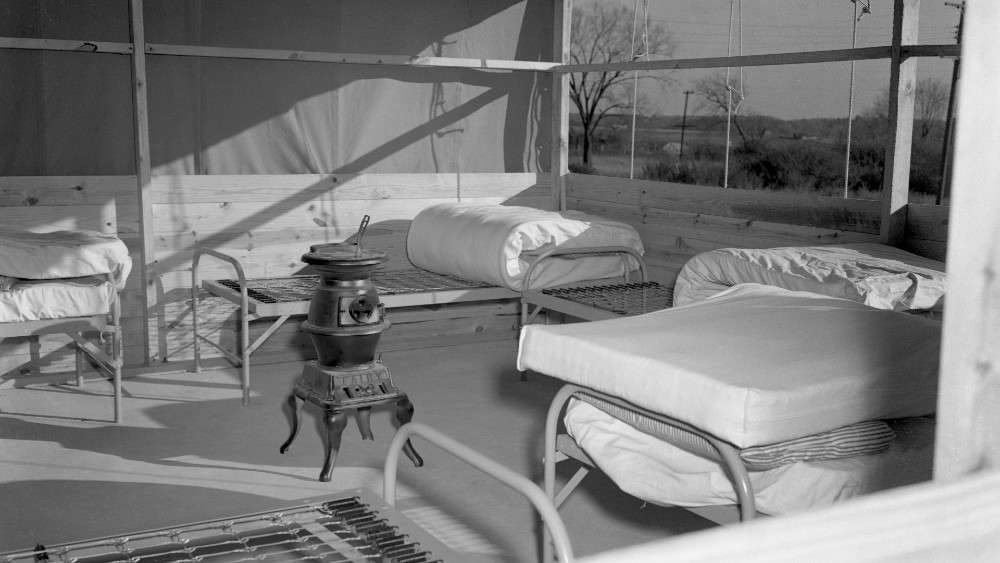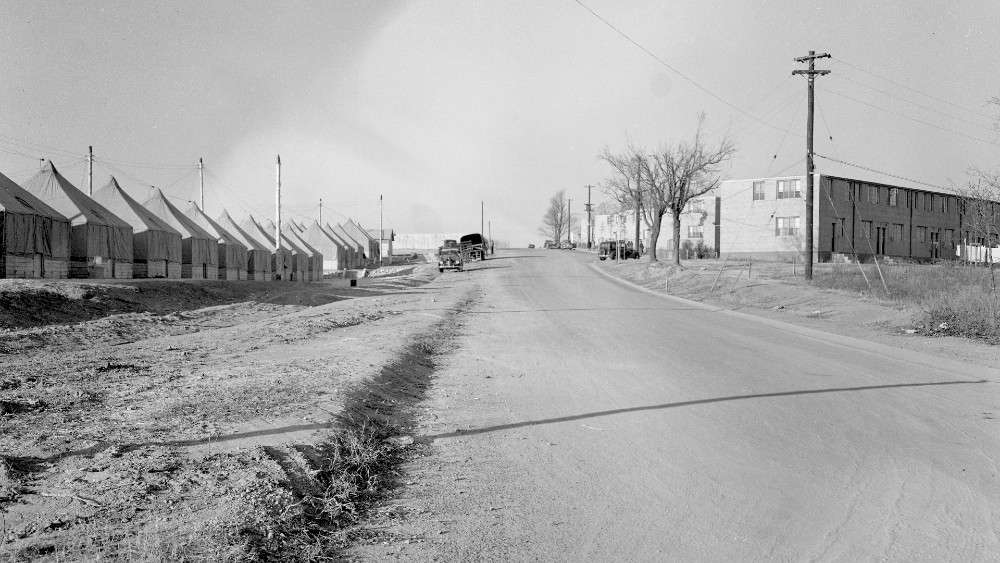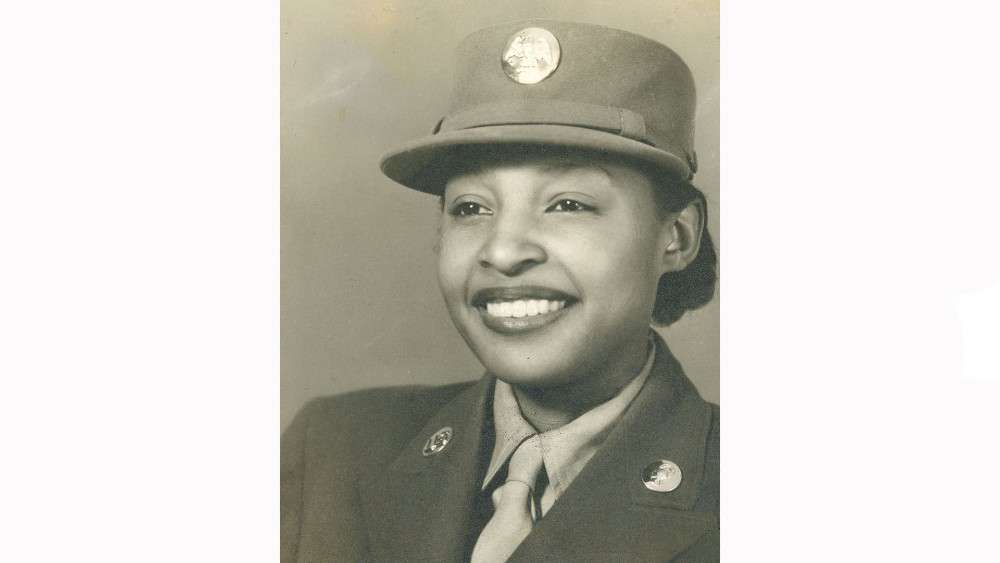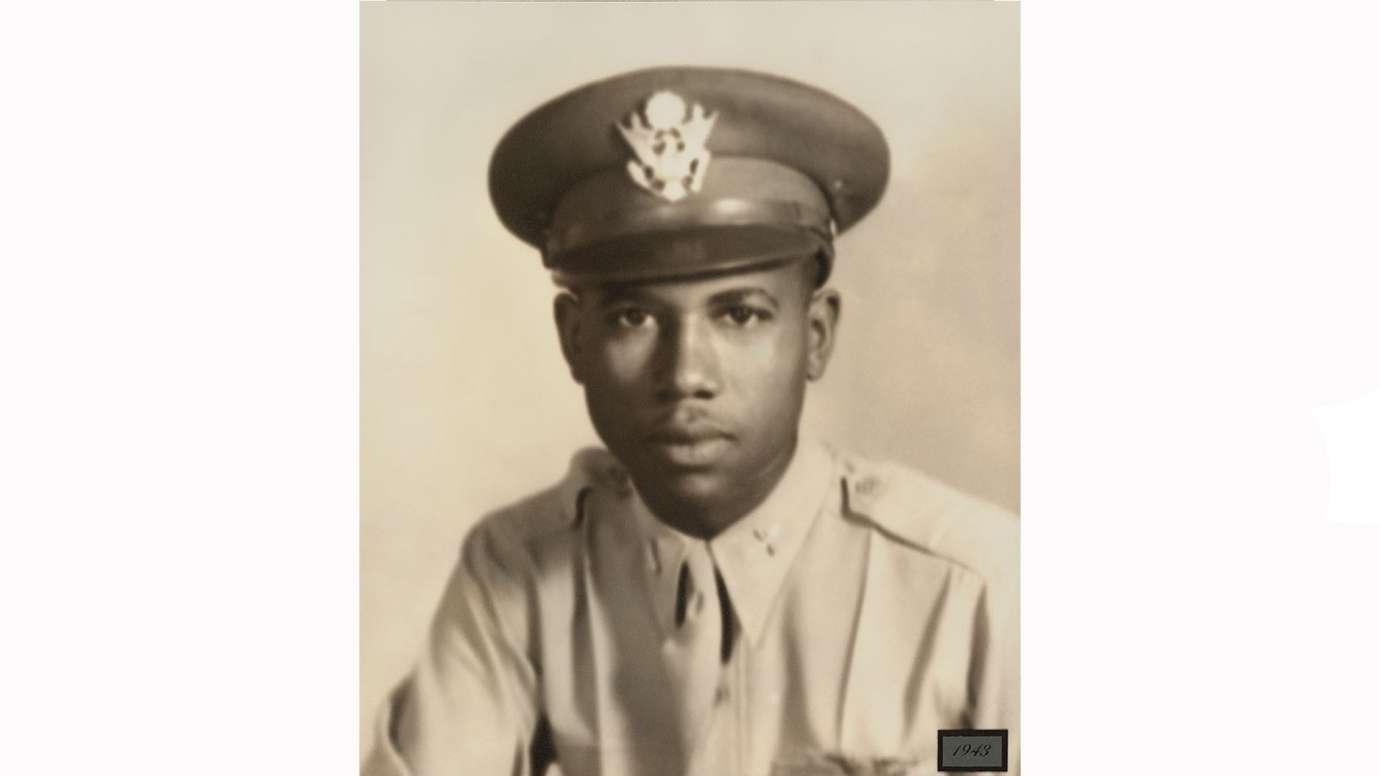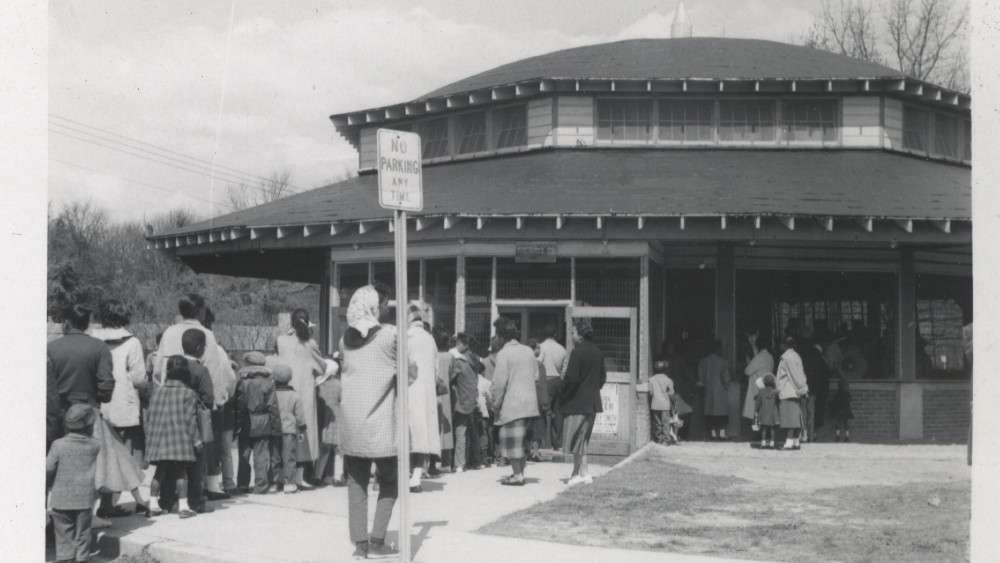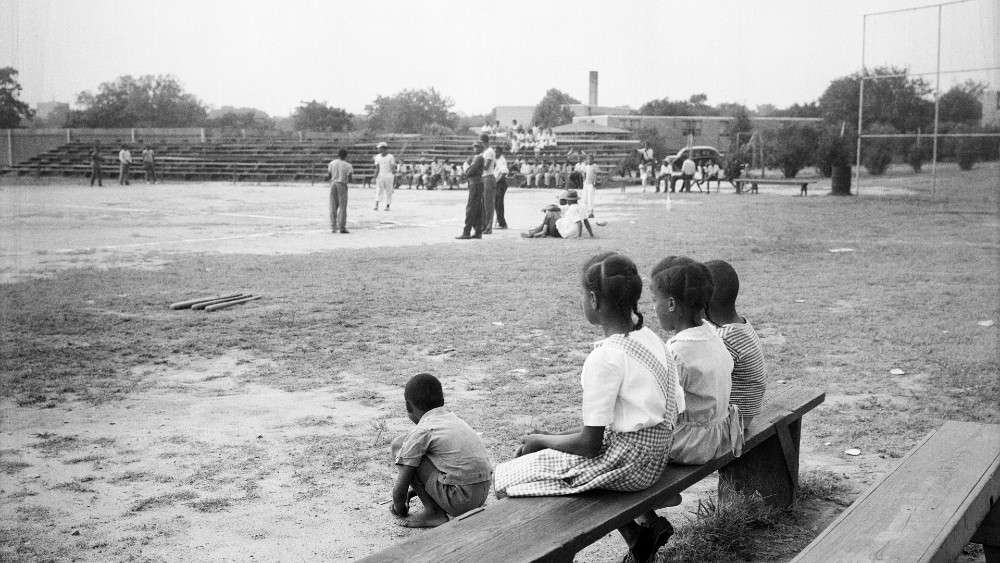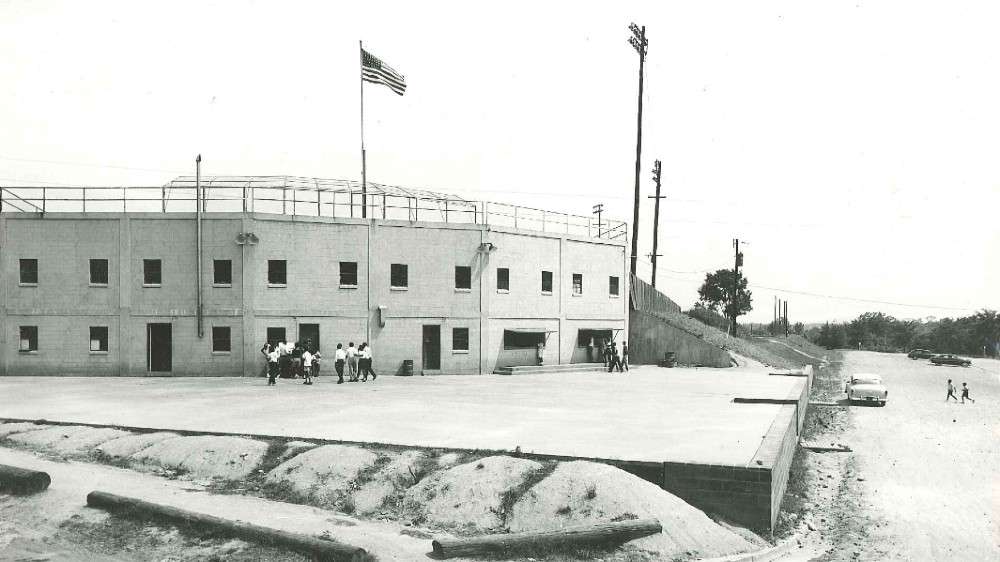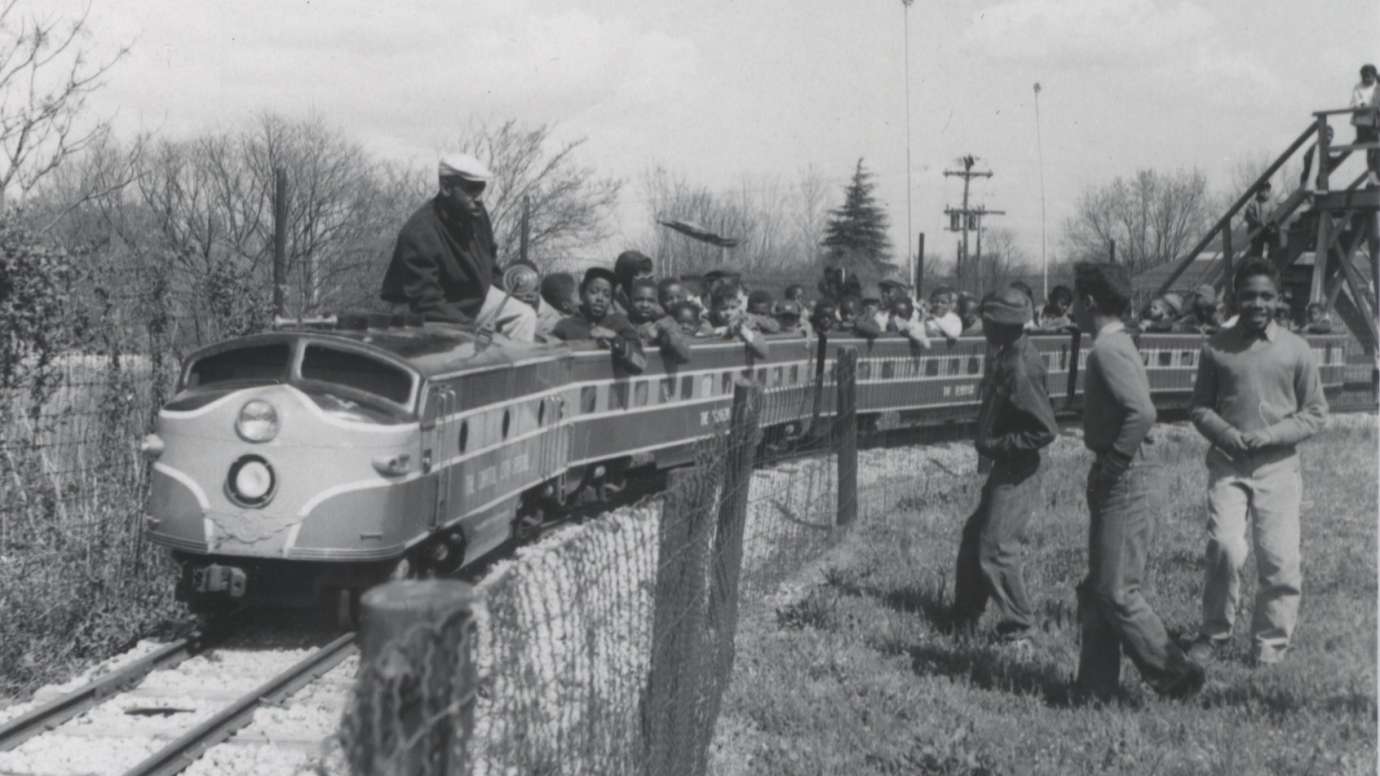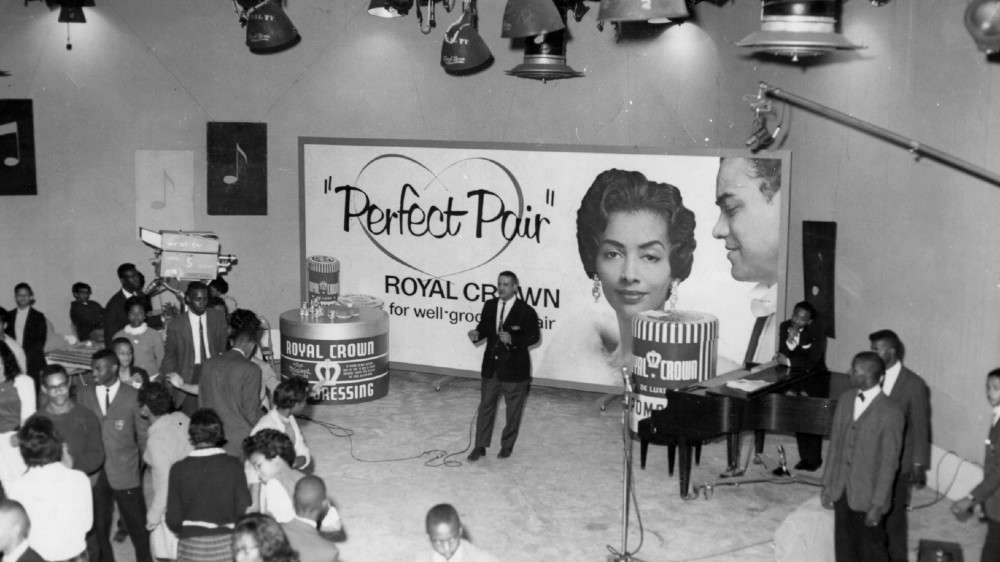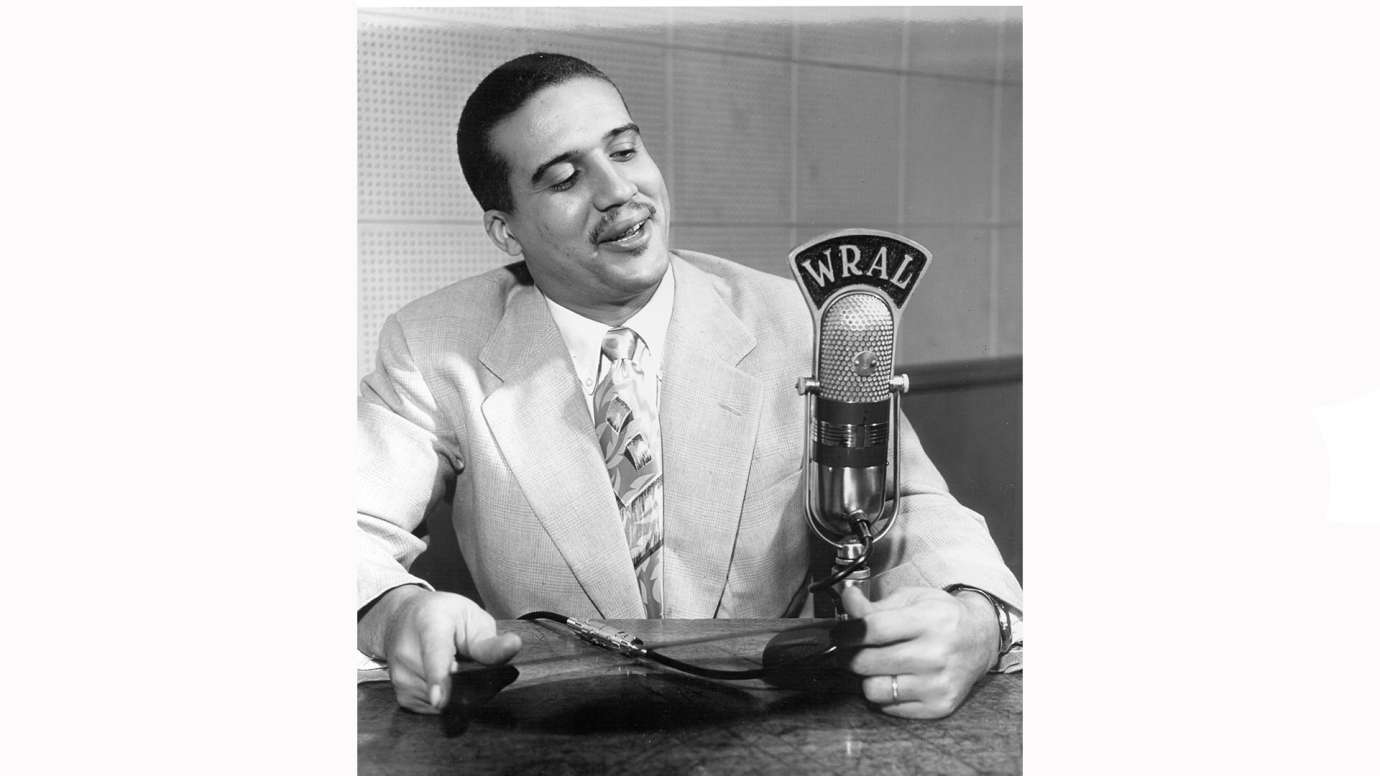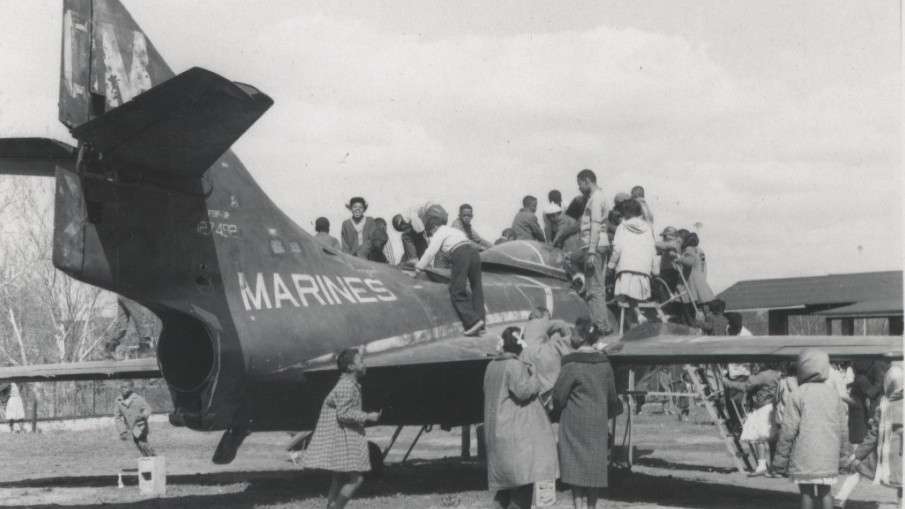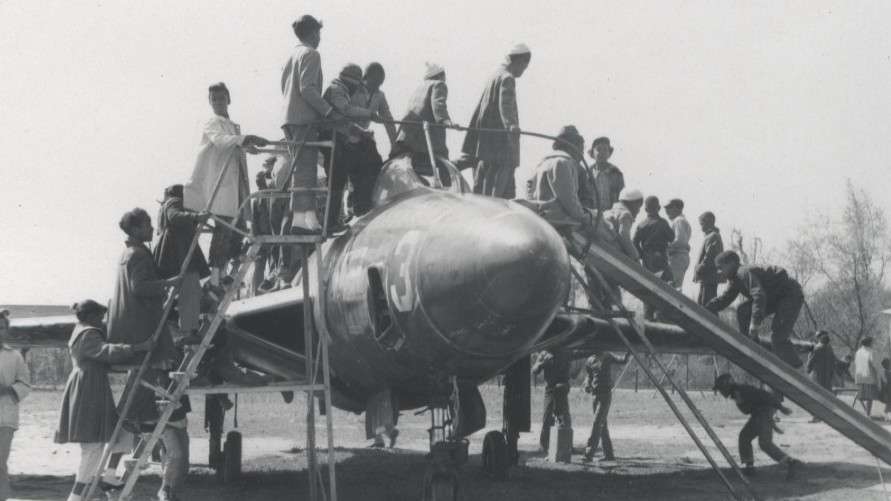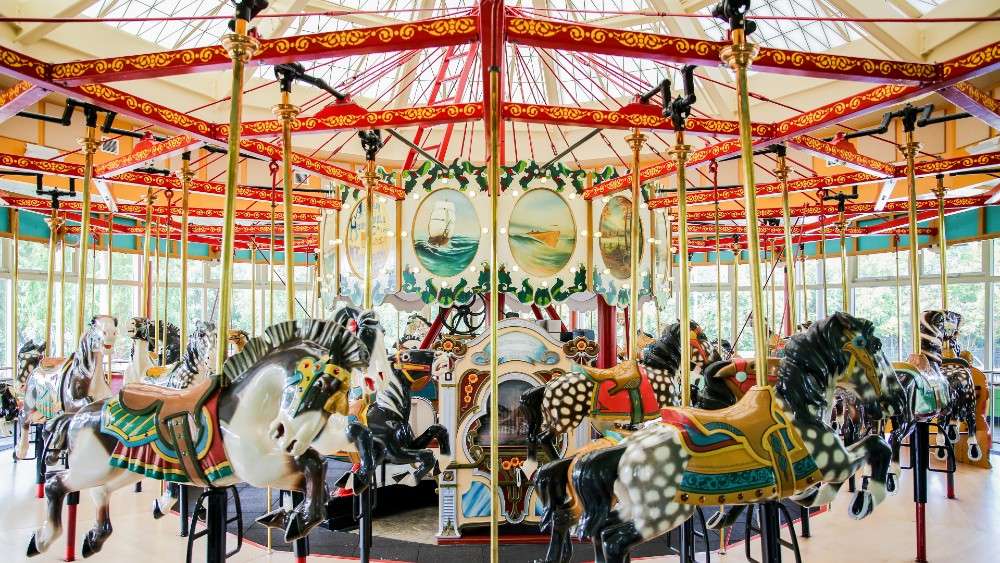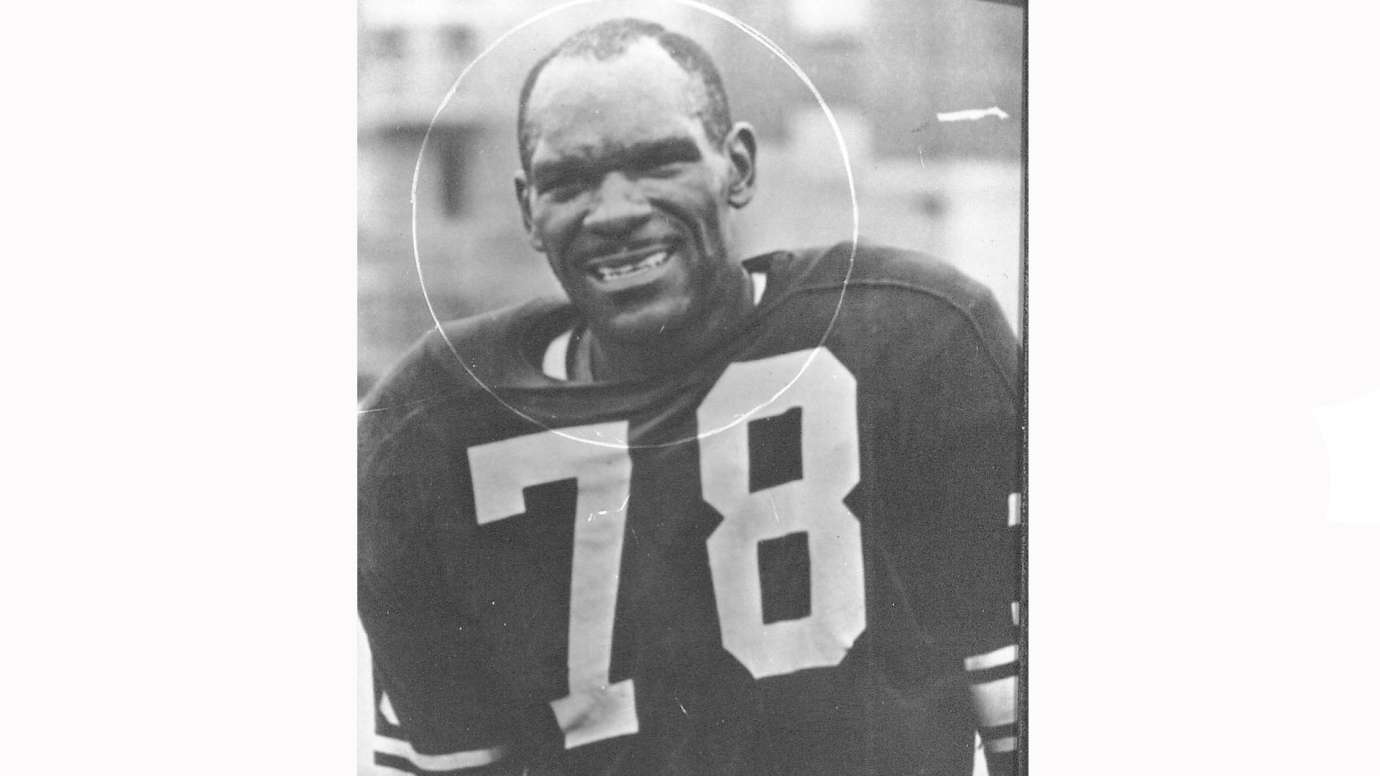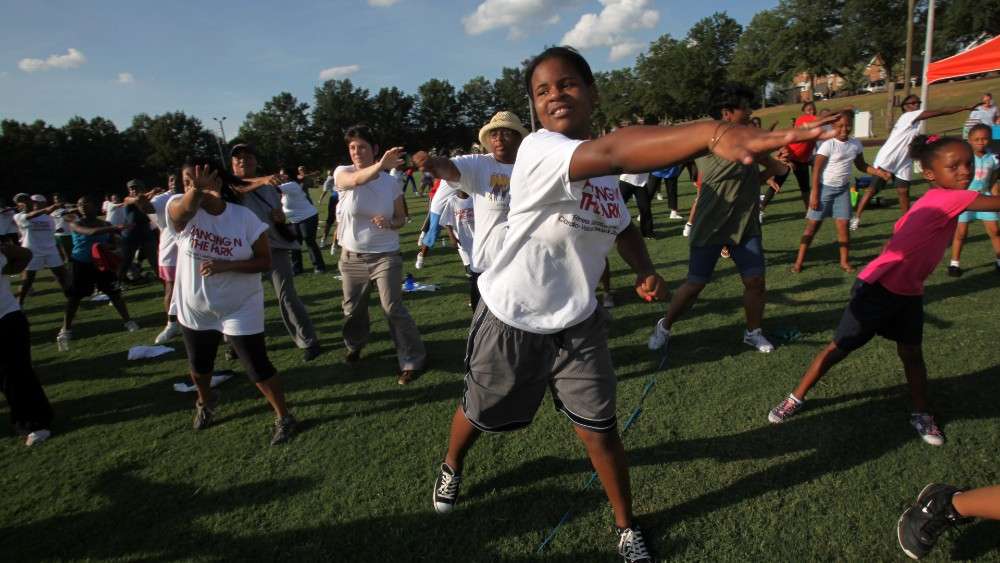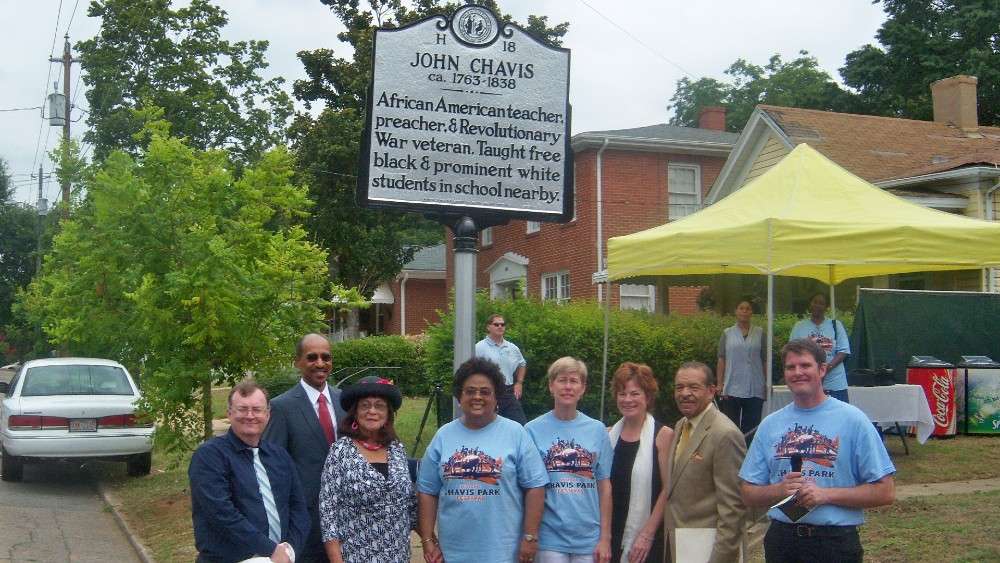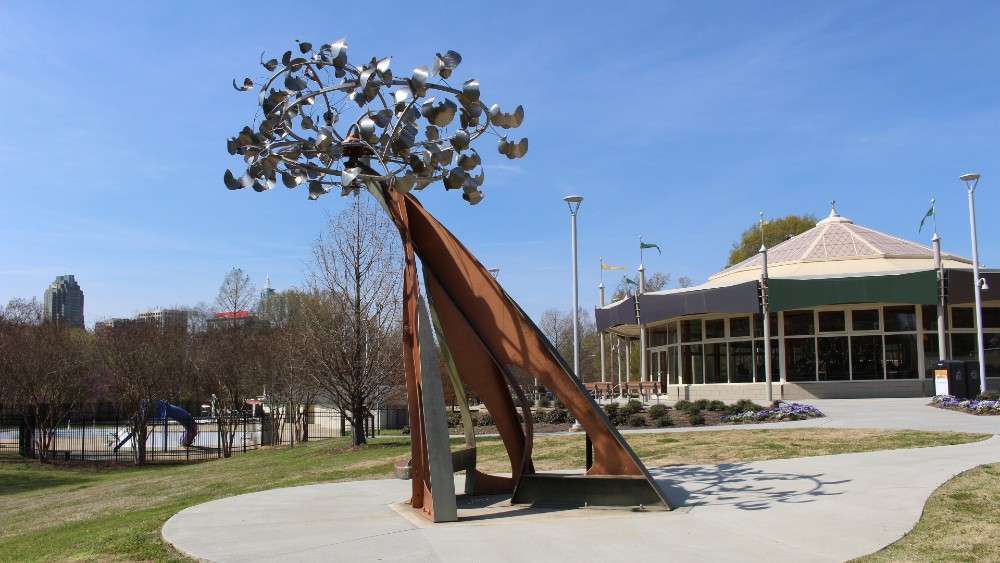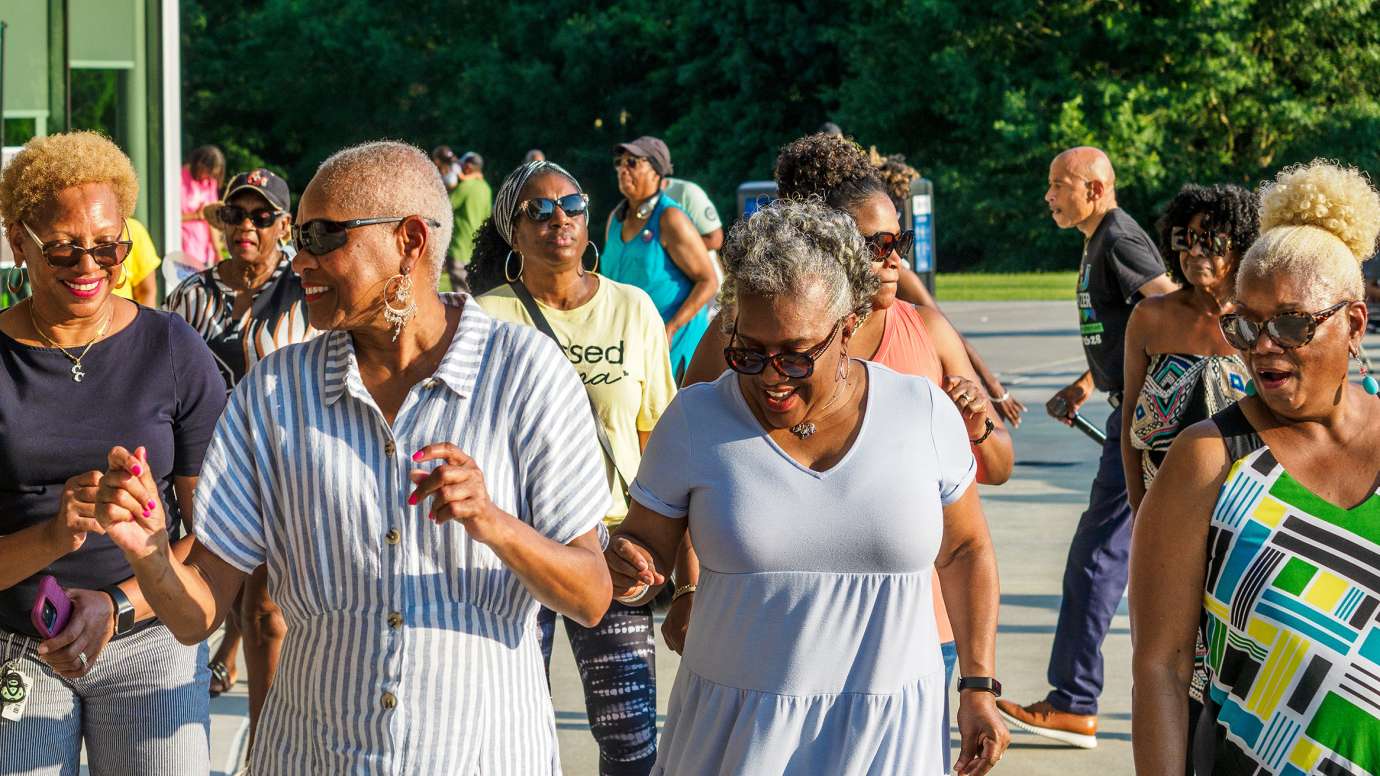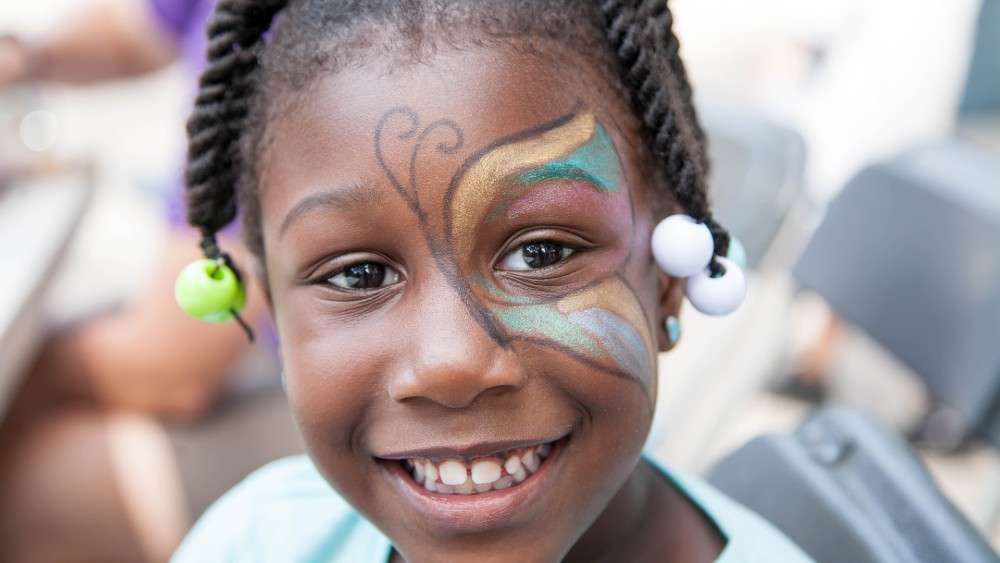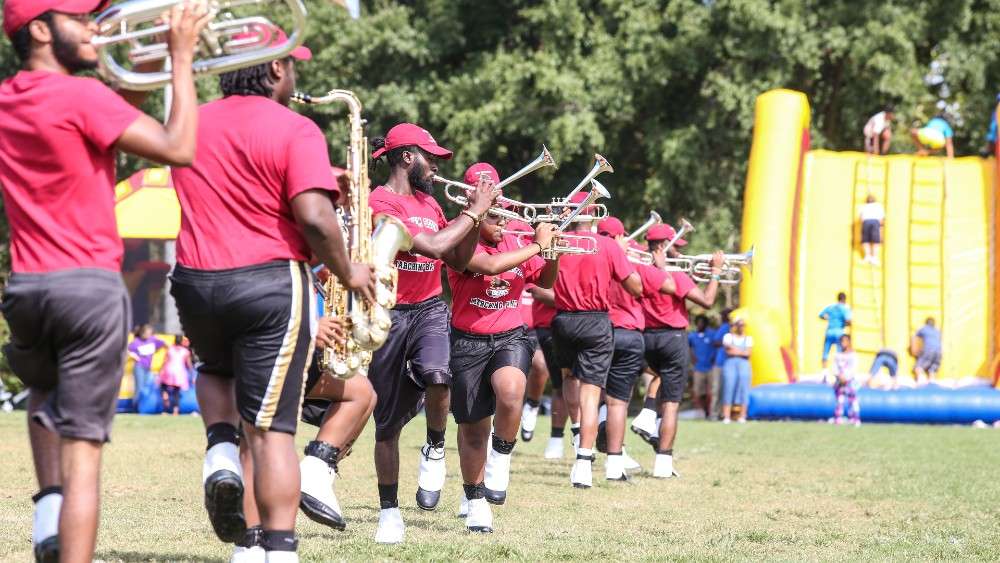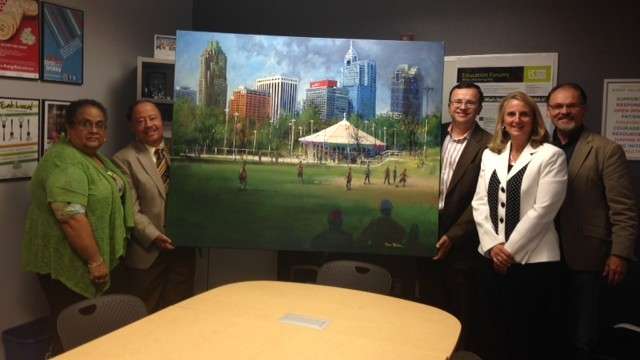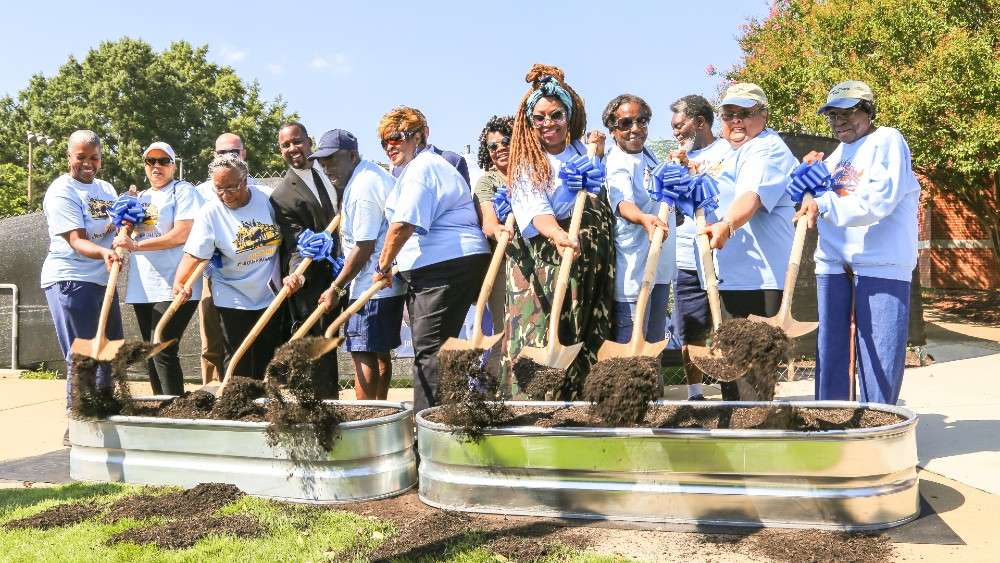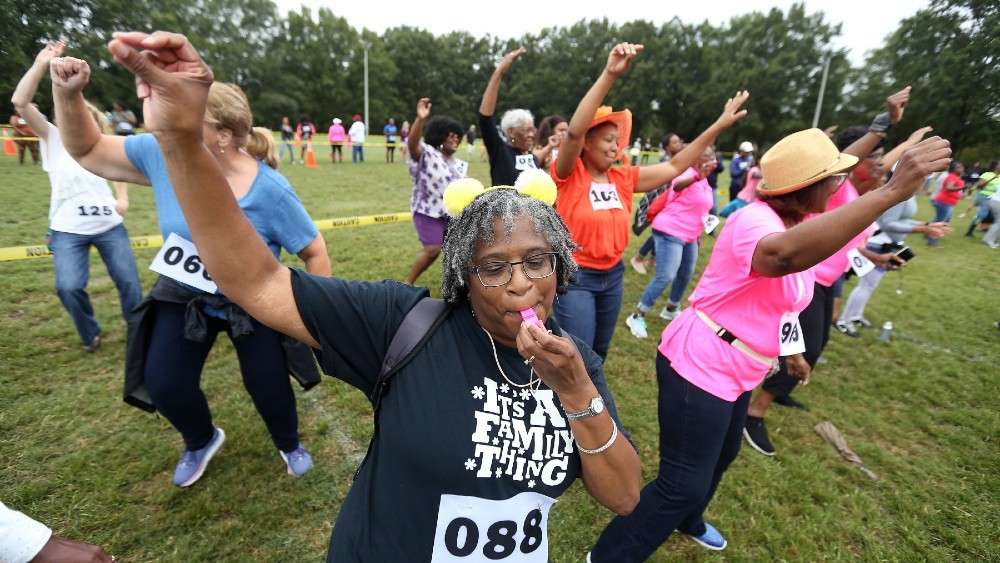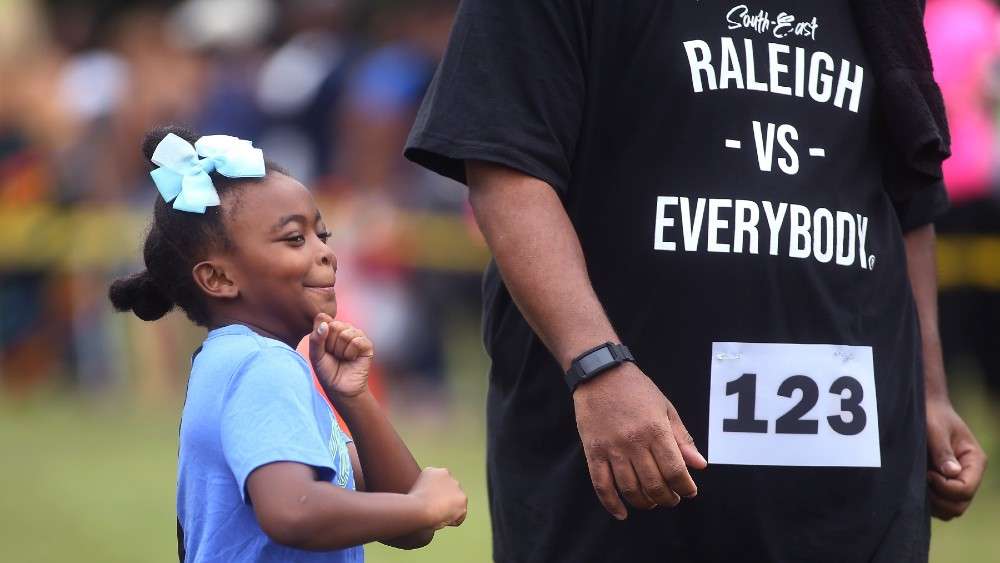Jump To:
John Chavis Memorial Park: Past to Present is an outdoor exhibit interpreting events that impacted the development of the park while highlighting community stories from the park's earliest days up to the present. Below you will find chronological information about the history of John Chavis Memorial Park.
Prior to the Park
1809 - John Chavis, the park’s namesake, moves to Raleigh. As a free Black man, he works as an educator and preacher.
1865-1867 - East Raleigh becomes a cultural center for African Americans because of prominent educational institutions. The Raleigh Institute (today’s Shaw University) is established in 1865. Saint Augustine’s Normal School and Collegiate Institute (today’s Saint Augustine’s University) is established in 1867.
1896 - The U.S. Supreme Court rules in favor of “separate but equal” segregated facilities, including parks and other public spaces.
1897 - Crosby Colored Grading School (later Crosby-Garfield Elementary School) is established on East Lenoir Street for Black children. The original building is replaced in 1939 by a modern brick school as part of a publicly funded project for Black citizens, which included Chavis Park (1937) and Chavis Heights Public Housing (1939).
1919 - North Carolina Governor Bickett announces the formation of an interracial council for Wake County “to maintain friendly relations between races . . . “
1930s
1935 - North Carolina leases the City of Raleigh the land for what will become John Chavis Memorial Park for 25 years. The City of Raleigh applies for and receives federal funds through the Works Progress Administration to build the park.
1936-37 - A swimming pool, athletic fields, tennis courts, two picnic shelters, an amphitheater, and two bridges over Little Rock Creek are constructed.
July 2, 1937 - A No. 2, Special Three Abreast, Allan Herschell Carousel is installed under a canvas tent. The historic carousel is still in use today.
July 4, 1937 - The park has its grand opening.
March 18, 1938, - The Negro Citizen’s Committee of Raleigh (today’s Raleigh-Wake Citizen’s Association) petitions the city to name the park for John Chavis (1763-1838), a Revolutionary War veteran, free Black man, educator, and preacher from Raleigh.
May 10, 1938 - John Chavis Memorial Park is officially dedicated. According to local news reports, over 3,000 people attend the dedication.
1938 - The North Carolina Historic Marker Program installs a marker in honor of John Chavis, the first marker in the state to recognize African American history.
Late 1930s - Shaw University and Saint Augustine’s College (now Saint Augustine’s University) begin using John Chavis Memorial Park for athletics.
1939 - Chavis Heights, a segregated public housing community, opens across the street from John Chavis Memorial Park.
1940s
~1940 - The original carousel house is built.
1941-42 - World War II soldiers come to John Chavis Memorial Park. The U.S. Army builds a temporary tented camp and a Veterans Annex in John Chavis Memorial Park to house Black soldiers visiting Raleigh on weekend leave. After the war, the Veterans Annex serves as a community center for the park until it is demolished in 1953.
1945 - The War Mothers Memorial bench is installed in memory of those who served in World War II from Wake County.
1930s to 1940s - Washington High School’s football team plays at John Chavis Memorial Park.
1940s - Raleigh’s Black baseball club, the Raleigh Grays, play at Chavis’ baseball field.
1950s
1950s to 1960s - The semi-pro Raleigh Tigers play at Chavis’ baseball field. This team serves as a feeder to national Negro leagues. John W. Ligon Junior-Senior High School uses John Chavis Memorial Park for athletic events.
1951 - North Carolina sells the land on which John Chavis Memorial Park was built to the City of Raleigh for $1,500.
1952 - A miniature train is added to the park.
1954 - The grandstand is constructed at the park.
Late 1950s to 1960s - Local resident Roy Hicks sells concessions at the grandstand providing job opportunities for young people and fond memories of “the best hot dogs around” for many neighbors.
1958 - Teenage Frolics launches on a local television station as a music and dance program hosted by J.D. Lewis, a prominent African American radio and television personality. The show features African American teenagers who show off their dance moves to impress fellow dancers and viewers at home. From time to time, the program is filmed at John Chavis Memorial Park.
1960s
~1960 - A Korean War-era F9F-6 Cougar Marine Corps jet is added to the park as a play feature for children.
1961 - A new community center is built with a gymnasium. It is expanded over time to include a lobby and meeting rooms.
1962 - Four young Black protestors, accompanied by two white friends, jump into Pullen Park’s swimming pool. In response, the City Council votes to close both Pullen Park’s and Chavis Park’s pools until further notice.
1964 - The Civil Rights Act of 1964 integrates the City of Raleigh’s public facilities. Now that African Americans can use any park, visitors from further away no longer make the journey to John Chavis Memorial Park, and attendance declines.
1970s to 1980s
1971 - The City of Raleigh develops a master plan to revitalize the park that includes new athletic fields and a swimming pool.
1973 - Raleigh elects its first African American Mayor, Clarence Lightner, who was a lifeguard at John Chavis Memorial Park in his youth.
1974 - The new swimming pool opens.
1975 - The old carousel pavilion is remodeled.
1978 - John H. Baker, Jr. is elected Wake County sheriff making him the first African American sheriff in North Carolina since reconstruction. Baker operated the carousel and played football in the park during his youth.
1982 - The park’s Allan Herschell Carousel is restored.
1982 - John P. "Top" Greene Community Center opens only a few blocks from John Chavis Memorial Park. The City of Raleigh names the new center in honor of John P. “Top” Greene, a community activist and South Park resident.
1984 - Dancing in the Park begins as a regular program. The aerobics-style dancing and fitness program frequently features Gospel music and runs as a regular program for decades.
1990s to 2000s
1994 - The City of Raleigh develops a second master plan to renovate the community center, swimming pool, and tennis courts.
2002 - John Chavis Memorial Park hosts a reunion for former residents of Chavis Heights. This becomes an annual event until 2012.
2006 - A sculpture titled, “Glimpses of the Promised Land,” is installed by public artist Mike Roig.
2007 - South Park-East Raleigh Neighborhood Association is founded as a community-based nonprofit.
2008 - South Park-East Raleigh Neighborhood Association organizes a Historic Chavis Park Festival.
2008 - The Raleigh Historic Development Commission designates the carousel as a historic landmark.
2008 - Over 1,000 citizens sign a petition asking the city to reinvest in John Chavis Memorial Park. The result is a series of community conversations and a revised master planning process.
2009 - The North Carolina Historic Marker Program replaces a marker in honor of John Chavis.
2010s to Present
2012 - The park’s Allan Herschell Carousel is dismantled and restored before moving to the new carousel house in 2013.
2013 - John Chavis Memorial Park celebrates its 75th anniversary.
2014 - The City of Raleigh adopts the John Chavis Memorial Park Revised Master Plan based on significant public input. The Downtown Raleigh Alliance recognizes the South Park neighborhood for its advocacy on behalf of the park.
2015 - Chavis Park Celebrates begins as an annual celebration of the park's history and its deep connection to African American culture.
2015 - The Chavis Conversation Public Leadership Group is awarded the Fred Fletcher Volunteer Award and the 8th Annual Environmental Award for their work on behalf of the park.
2016 - John Chavis Memorial Park is listed on the National Register of Historic Places.
2019 - Over 200 people attempt to break the Guinness World Record for the longest soul train in John Chavis Memorial Park. They fell short but had fun doing it.
2021 - The park’s renewal continues with a new community center, central plaza, and playground, as well as renovations to the original carousel building.

